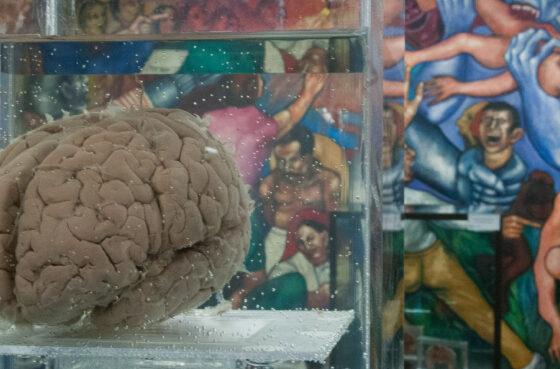With this work, it will be possible for scientists to analyze images of brain subregions of living patients with a level of detail “until now unattainable.”
GIRONA, Nov. 6. (EUROPA PRESS).- A study with participation of the University of Girona (UdG) has developed thanks to the Artificial intelligence (IA) the “most complete and detailed” map of the human brain to date, which can be viewed ‘in vivo’ from MRIs (RM) con high precision.
The atlas, named NextBrain and published in the magazine Naturerepresents “a key step forward” to understand and diagnose neurological diseases like him Alzheimerreported the University of Girona (UdG) in a statement.
Map will allow you to study subregions
Existing maps can identify the main structures of brain regions on MRI scans, but in finer subregions they remain “difficult to detect.”
These distinctions “are important,” since subregions of the hippocampus, among others, are affected differently during the progression of Alzheimer’s disease.

Examining the brain at the cellular level is possible through microscopy —histology—but it cannot be done in living individuals, which “limits its potential” to understand how the human brain changes during development, aging and disease.
With this work, it will be possible to analyze MR images of living patients with a level of detail “until now unattainable”, allowing the detection of anatomical subregions that until now were invisible in a matter of minutes.
Scientists worked on the map for six years
NextBrain is the result of six years of work with brain tissue samples post mortem of five human brains, each of which was dissected into more than 10 thousand microscopic sections, stained, photographed and digitally reconstructed to create a 3D model.


AI allowed these images to be aligned with previous MRI scans, correcting distortions and other artifacts from the dissection ensuring an “accurate” reconstruction.
From this process, the researchers identified and labeled 333 brain regions, a job that without AI “would have required decades”; The result is a probabilistic atlas representative of adult brain structure, applicable to both living brains and samples. post mortem.
Open tool
The atlas, validated with thousands of MRI scans of people of different ages and conditions, has demonstrated its ability to automatically identify brain regions, including the smallest ones, with a precision “similar to that of manual annotation made by experts.”
All NextBrain data and tools have been openly published through the FreeSurfer neuroimaging platform for ease of use by the international scientific community.

